#Norman Fucking Rockwell!
Explore tagged Tumblr posts
Text
Living without you is like TV in black and white
#lana del rey#lizzy grant#lana del ray#lana del ray aka lizzy grant#lana del rey aesthetic#lana del rey unreleased#norman fucking rockwell!#norman fucking rockwell#nfr#born to die#ultraviolence#fashion#this is what makes us girls#it girl#honeymoon#lana del ray aesthetic#lana is god#lanadelrey#sparkle jump rope queen#lana unreleased#lust for life#blue banisters#chemtrails over the country club#dykttatuob#ldr#girlblogger#lizzi grant#dollette#coquette angel#coquette
74 notes
·
View notes
Text
463 notes
·
View notes
Text

Norman Rockwell: "Little Girl Looking Downstairs at Christmas Party" (1964)
21 notes
·
View notes
Text
You make me feel like there's something that I never knew I wanted
#lana del rey#lizzy grant#ldr#lana del rey nfr#nfr#nfr!#norman fucking rockwell#norman fucking rockwell!#lana del rey norman fucking rockwell!#the next best american record#next best american record#2018#lana del rey 2018#lana#lana del rey architecture#architecture#lana del rey next best american record#lana del rey the next best american record#Spotify
3 notes
·
View notes
Text
24/7 sylvia plath bc u bitches make me want to stick my head in an oven
#lanadelrey#sylvia plath#the bell jar#lizzy grant#lana del rey#hope is a dangerous thing#norman fucking rockwell!#hope is a dangerous thing for a woman like me to have - but i have it#nfr!
24 notes
·
View notes
Text


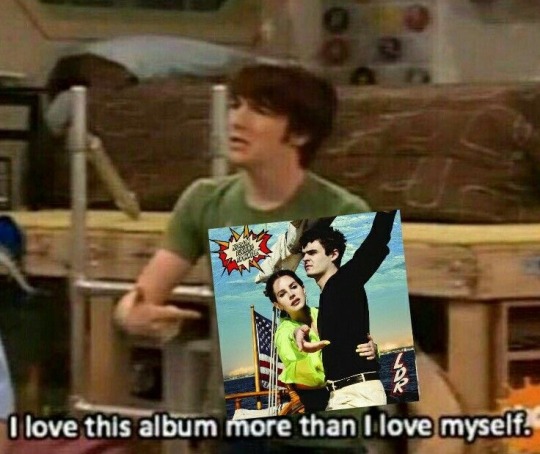
HAPPY NFR! DAY
to those who celebrate!
nothing gold can stay💛
15 notes
·
View notes
Text
Q Magazine, December 2019
Her 2011 breakthrough single Video Games is the most voted-for entry in Q’s Songs Of The Decade. But Lana Del Rey’s latest album, Norman Fucking Rockwell, is a strong candidate for album of the decade, too. Ted Kessler is granted an audience in Laurel Canyon to hear how the 2010s belonged to America’s finest modern singer-songwriter.
Here’s an address in Laurel Canyon. You’ll need to order an Uber to get there as there’s no parking, so press that button at 3.30 and head out into the Los Angeles traffic on Sunset and Vine. Lana Del Rey will be ready for you at 4pm.
Leave the transience of Hollywood Boulevard in the rearview and head north-west, following ever-more leafy lanes far into the hills. Life is good up here, a picture of moneyed, rustic bohemia, with pastel stoops, houses built on stilts and floor-to-ceiling views of the Hollywood Hills. But it doesn’t matter how nice your house is when the big one hits and everything tumbles into the fire and brimstone of the San Andreas Fault. Everyone knows that approaching fear here. It’s all they ever talk about.
Pull up at some steep, winding steps beneath a lofty, proud wooden residence. Climb them, shake two pairs of hands and walk through wide-open French doors into a high-ceilinged rented kitchen-diner lined by so much vinyl there’s a ladder on wheels to reach the top shelf. She’s sitting on a stool with her back to the kitchen as you enter, scrolling through her phone, and rises to greet you with a firm handshake and an open smile. Say hello to the resident voice in your head, Lana Del Rey. “Where would you like to sit,” she asks? You really don’t mind.
“Are you a Libra?” Del Rey asks, perceptively. It’s an incredible deduction based on four words and maybe 30 seconds’ interaction.
“I only think of star signs because it’s come up in my writing for the next thing I’m doing,” she says, with a chuckle, as we pull up two chairs to a round table with a bowl of tiny red apples at its centre. “I never cared before. I did get you right as a Libra, though. Typical Libra answer.”
Lana’s a Cancer. Born on 21 June, 1985, in New York City, as Elizabeth Woolridge Grant.
“All water. A little fire. Carry my home on my back, like a crab. Crybaby. Compatible with Scorpio and Pisces, which is funnily enough my sister and my brother. Kind of cute, huh? I’m on the cusp of Gemini, which takes care of my more theatrical side.”
She presses record on her phone. Don’t worry, it’s just a precaution. “I’ve never needed it since I started doing it.” But there was that one time she wished she had done it, so she always records.
Lana Del Rey pulls at her long, loose pony-tail and straightens her back. A small, square vape. A puff of mango smoke. You have exactly one hour with America’s greatest singer and songwriter of the era. What is it that you want to know?
First of all, you have to tell her some good news.
Video Games, Lana Del Rey’s breakthrough single from 2011, has been voted the Song Of The Decade by the writers and readers of Q magazine. It won by some distance, too.
“No fucking way!” she laughs, looking absolutely thrilled, and shocked, even though later we will discover that she knew this already. Her joy seems genuine. “I mean… the best song of the decade?! People really voted for that?”
They did.
“Wow. Come on!”
It is a good song.
“One of my favourites.”
Its conception took time. Video Games finally arrived after Lana Del Rey had spent two lonely years living in East London with her manager Ben Mawson, above a fish market on Kingsland Road in Dalston.
“I was at the tail-end of 600 days of writing in London, back-to-back days. With about 111 writers. I was writing for others too. I wasn’t really sure what I was doing. I’d kind of exhausted my bigger sounds. I just worked every day. For two years, I had no friends.”
The night that Video Games was born, Del Rey was at the Sony studios in Mayfair, working with a young English writer, Justin Parker. “It was finally at the most casual point in our relationship. We’d already tried to write everything.”
On the piano, Parker started to pick out a melody in F minor. “Hmm,” thought Lana. “That’s good.” So she started to sing, in a much deeper register than she’d previously employed, “Swinging in the backyard, pull up in your fast car, whistling my name…” She knew immediately they had something serious.
“I wrote it very quickly, because it’s just that melody.” The song itself was a stately, melancholic ode to a formative boyfriend who liked to play World Of Warcraft as their happy domesticity slowly drifted off-course into a too-comfortable funk. It captures that moment when something is over before it actually officially ends. She knew it was right. She’d finally done it.
“So I sent it around to everybody and said, ‘This is it.’ And they were, like, ‘This is not it. This is six minutes long.’”
They were wrong. Coupled with a video she’d made using her own webcam segments and YouTube clips, Video Games became first a viral sensation, and then a bona-fide hit. “I’m really grateful to Fearne Cotton, too, for giving me a spin every week [on Radio 1] for four weeks. And Justin Parker is very good.”
In other words, Lana Del Rey is saying she did not do this on her own – but, really, in all the important ways, she did. She had a song that sounded how she felt at last, that represented her in a way that the music that she’d released independently earlier, both as Lana Del Rey and as Lizzy Grant hadn’t. “I wasn’t signed to anybody, but a couple of people had their eye on me. Everybody loved all the big stuff I was writing, but I was at the point where I had written in every style except my own. Now I had.”
With Video Games, she found her bearings. “It showed me a lot about myself, an insight in terms of persistence. I love to exhaust every resource before I get to that right path. But once I settle into myself and learn to trust my own style, I fall naturally into the vein of a singer-songwriter type.”
Del Rey felt her major label debut album materialise. She quickly wrote its title track Born To Die, Blue Jeans and Million Dollar Man. “Then I was like, ‘Got it.’ Racked that album and left all the 167 other songs I’d written in London behind.”
Or so she thought. “Eventually they all got leaked through my Hotmail, which fucking sucked. Cos they weren’t good. And I knew it, objectively.”
A what-can-you-do shrug. Vape. Mango smoke curls upwards beyond her eyes. Then, a smile. “It’s incredible that Video Games won Song Of The Decade. Born To Die [the album] had to sound bigger, but it’s interesting that what was its most quiet moment has won Song Of The Decade. I loved that song.” A nod. “And I still love it.”
On the sleeve of Lana Del Rey’s most recent album, Norman Fucking Rockwell, she is clutching the waist of a handsome young man on board a sailboat decorated with a Stars and Stripes flag, holding out her hand towards the listener. In the background, the Californian skyline is ablaze, as if the big one has finally hit. Come to me, she’s saying, this is your best hope of sanctuary.
In those seven years since Video Games and its parent record Born To Die, Lana Del Rey had made a further three albums before NFR arrived in August, each trying to hone what she is musically, how she writes. But it wasn’t until she met Jack Antonoff, the producer who’s worked with Taylor Swift and Lorde amongst many others, that she teamed up with a writing partner able to work in perfect relief to her.
His virtuoso musicianship and sympathetic ear collided with Del Rey’s melodic flair and once-in-a-lifetime way with a killer line. Together they created a complex, beautiful masterpiece. NFR unfolds lyrically like a great American novel about freedom, identity and the wreckage of the battle of the sexes set in modern-day California, where the stench of pot drenches every street corner and where the thump of distant G-funk mingles with the ghosts of Joni Mitchell and the other Laurel Canyon ’70s soothsayers. All the while the Pacific rolls in, and out, and every day the news cycle nags incessantly about Trump, the climate crises and the big one which is just around the corner…
It establishes Lana Del Rey as one of the truly great American songwriters of the age, perhaps the only one who has managed to distil this decade across an entire album. She’s a galaxy brain of emotional intelligence and cultural insight, armed with a skeleton key for stately melody, and who now has a writing partner with just the right palate to make it explode into Technicolor. You should take that hand she offers on the sleeve.
“It’s an album about coming into one’s own,” she decides. “And choosing to laugh rather than cry.”
This intention is clear from the very first line, she says.
“Probably my favourite line on the album. [she starts to sing it] ‘God damn man child, you fucked me so good I almost said I love you.’ That’s a tough one to sing in front of your dad. And the album ends not on a laugh, but still on a lightness.”
On that final song, Hope Is A Dangerous Thing For A Woman Like Me To Have, she sings of the many reasons why hope is a dangerous thing for a woman like her to have today, before a final echo where she softly insists three times, “But I have it…”
The motives behind these two songs, however, are not just what the album is about alone, clarifies Del Rey.
“Also, hard work. Craftsmanship. True craftsmanship. Eleven-minute songs. Fifteen chord progressions…”
Lana Del Rey raises her eyebrows.
She is already carving out the next chapter of this new imperial phase. In her 20s, she was always looking for songs to write. Now, she’ll write them when she can. Antonoff comes to Los Angeles every month and they’ll meet to see where it takes them. “Sometimes we don’t write, we just talk. And then, if I’m lucky, I’ll get a song a month.”
This next album may come in 2020, it may come in 2021, and it may be called White Hot Forever, or she may change her mind. But it will definitely have a first song and a last song decided before any others.
“I always say that if you have a closer and an opener then you know where you are going,” she explains.
She’d spent four years working on Hope Is A Dangerous Thing For A Woman Like Me To Have before she met Antonoff.
“Not because it was special, but it wasn’t piecing together. So I sang that to Jack a cappella the day I met him and we did Norman the next day. Just a series of chords that he played that I freestyled over. And I thought, ‘I’ve got the first song and I’ve got the 13th song.’ And then I pretty much know what to do in-between, I just don’t know how long it’s going to take. I have the same thing for this next album but it’s actually going to take longer than I want if it’s going to be as good as this one…”
Most importantly, though, she has the outline of the words for the next album. Certainly, if she was a white man holding a guitar and writing words as potent and poetic as she does on NFR, she’d be put on a much higher pedestal.
“They’d say I was like Johnny Cash or something,” she agrees. “It’s the words that make me feel confident about the next one. Every now and then one long phrase will come to me. Like, Hope Is A Dangerous Thing For A Woman Like Me To Have, Will You Still Love Me When I’m No Longer Young And Beautiful… I have no idea where they’re going to go, but objectively I’m, like, ‘Oof, I want to fill it in.’ So I have three of those. One in particular, Let Me Love You Like A Woman, there’s just something about it. I feel like it’s going to be really important, but I don’t know why yet. That’s where the magic comes in.”
It’s during the filling in of these long phrases that Del Rey determines the song’s meaning. Hope Is A Dangerous Thing… was easy to determine. It’s about the toxic masculinity that she’d seen displayed on her journey through musical showbusiness, and her response to it.
“I think it’s dangerous for a woman who is too kind, I really do,” she says. “That’s what it’s about. Hope is a dangerous thing for a woman who is told to bend to whatever comes along because it’s the right thing to do. So it’s less dangerous if you never gave a fuck, but if you care it’s dangerous on seven different levels.” She stops. “Do you agree?”
Kindness is not normally a trait that bad men respect.
“I always say to my male friends that good guys don’t know anything about the bad side of truly bad men.”
This may be true. However, any man who has been on a stag do, or even regularly shared a locker room as part of a team sport, can attest to the fact that even the objectively “good” men can be much worse than one imagines.
Lana Del Rey’s face sets to stone. “Well, they’re the really bad ones. It’s rare to come across someone who’s truly wonderful.”
The room falls momentarily silent. What can we do?
“Write songs about it,” says Lana Del Rey solemnly.
Lana Del Rey spends a lot of time at the wheel of her black pick-up truck, trawling the highways of her adopted state of California out of her base in Los Angeles, heading north towards San Francisco, or south towards San Diego, where she has other nests. Not because she has to, but because she needs to.
“I have to do a lot to keep my feet on the ground,” she explains. “I need to leave to come back. It’s almost like toggling. I have to really get myself out, to get myself back in. I have to toggle myself.”
Practically, this means heavy road-time. “I’ll take a month at a time commuting to Newport. It’s an hour and 20 minutes, at least 80 miles every day. So I’ll drive to Newport and come back the next day. I’ll do yoga, I’ll swim. Then I’ll come back.”
This all leaves a lot of time alone in her car with herself. “I am quite a planner. I figure things out. I’m very much from here,” places one hand on her chest, “to here.” Puts the other hand on her head. She has feelings. She has thoughts. It’s why she needs the yoga and swimming: to stretch those feelings out beyond her chest, out into her toes and fingers.
But as she drives, those feelings and thoughts start to re-emerge and she once again begins to order them. She’ll dictate lyrics and ideas for hours on end, and then she’ll have to torturously unravel them at home. She also “free-writes” every morning and evening on her old typewriter, which requires a lot of untangling before she unearths any nuggets. It’s worth it, she says.
“Jung says that every character in your dream is you,” she explains. “So every morning I wake up and think, ‘Was I the killer and the spider?!’ I’ve heard that dream analysis upon free writing is the only way your psyche can communicate to your conscious self. So if you write, write, write and eventually look at it you think, ‘Why am I writing that?’ There’s definitely something to it.”
She’ll also think about the routing of upcoming tours in her car. She’ll chew over whether she’d like to do just a friends and family circuit, a tour that takes in theatres in unusual places. Alabama. Des Moines. Places that people with multiple worldwide Number 1 albums don’t typically play. But maybe she will. Maybe she will.
“Sometimes I think enough songs have been done. Enough tours. We toured constantly for four years. And we did at least 20 summer shows as well, and our own tours. So now, we can do what we like. We can do anything.”
So when she’s driving and she has an idea about this, or that, she can make it happen. For example, last weekend she did a “friends and family show” at Jones Beach, in New York, the site of the first concert she went to 20 years ago: Bob Dylan and Paul Simon. She invited two old friends who hadn’t seen each other for 21 years to join her, as well, just because she could and thought it would be beautiful. Sean Ono Lennon came on and sang their collaboration Tomorrow Never Came for the first time ever. And, on Leonard Cohen’s birthday, his son Adam sang Leonard’s Chelsea Hotel No 2 with Lana Del Rey. Not a dry eye on Long Island.
“Man, I got to say, that show at Jones Beach has got to be the best show I ever did.” Enthusiastic vape, mango smoke. “It was just a very gentle spirit.”
It got her thinking about who else she can have join her on this tour. Next week at the Hollywood Bowl, Weyes Blood will step up alongside her, as will ’80s heartthrob Chris Isaak “just because I like him.” Joan Baez has been invited to Berkeley. “I hope she comes. Diamonds And Rust is what we have planned to sing. She’s someone I think a lot about in terms of people I want to sing with.” She picks up one of the apples from the fruit bowl.
“It’s a very special time. I’m finally getting to enjoy the fruits of my labour.”
She bites into the apple.
“These are great apples, actually,” she decides. “You should take one for the ride home.”
Before we press that Uber icon again, Donald Trump shows up, as he so often does nowadays.
This August, in response to the mass shootings in El Paso, Texas, and Dayton, Ohio, Del Rey wrote and swiftly released a single, Looking For America. In a landscape noticeably bereft of any protest singles, certainly from big, mainstream stars, Looking For America is powerfully direct. “I’m still looking for my own version of America,” runs the chorus, “One without the gun, where the flag can freely fly.” It signalled that Lana Del Rey is happy to step beneath a spotlight American pop stars tend to shun.
The day that we meet, the Trump impeachment festival is in full swing on all the news channels. Del Rey asks what the latest from CNN is. She’s happy that some legal norms still function.
“Nobody is above the law and you can’t obstruct justice,” she notes. “It’s not just because you’re an asshole.”
The Trump era has been helpfully revealing, she says.
“What I like about it is that it’s mirroring our tiny microcosms. It’s so-what culture. ‘I fucked you over? So what? I’m going to run away with your money anyway.’ Trump is reflective of that culture. I mean, he was elected. And it’s no coincidence that it is all happening at this late stage of our climate crises. Again, that’s why I like Hope Is A Dangerous Thing, because the people at the forefront of fighting climate change are so lovely. Do people listen to lovely voices? Yeah, yeah, we’ll cut emissions in 10, 20, 30 years’ time.”
And yet, she says, that the more unhinged the world becomes, the more creatively stimulated she feels. “It’s definitely no coincidence that I’m gaining clarity in the midst of crises. I think chaos brings that: lots of ‘good to know’ moments. Like, ‘Oh! That entire group of people feel the same way? I had no idea.’ It’s a time for concerted effort. If just the needle could shift, be it in terms of the climate crises or impeachment. Then, it’s a question of the damage done, culturally and environmentally.”
The time has come to press that Uber app. Where are we headed, asks Del Rey. To a hotel called Dream, opposite a bar, Black Rabbit Rose, which makes a cameo on a song on Norman Fucking Rockwell, Happiness Is A Butterfly: “Hollywood and Vine, Black Rabbit in the alley/I just wanna hold you down the avenue…”
“Black Rabbit has a magic show every Wednesday,” she says, ruefully. “Been a while since I’ve been, but I do like Hollywood and Vine. I don’t get stopped there, unlike the younger areas.”
Her biggest foe are the paparazzi.
“I’ll have quiet months, then all of a sudden I’ll be at lunch and they’ll be there and I’ll be like [gasps]. It still surprises me. It’s like waking up from a dream. ‘What are we doing here again? I was just at a taco truck, and now what the fuck?’”
She says that when she feels uprooted by fame, either by paparazzi or just by fans coming too close while grocery shopping, she can call her friends, “Sarah, Jen or Anne, and be, like, ‘You are not going to believe what happened, and who I was with, and now they will never speak to me again.’ Because it’s unusual if you are with someone and they get surprised by it too. It’s slightly alarming.”
She shrugs, and laughs.
“Living the dream!”
No way out now.
“There’s a way out,” she says firmly. “Yes, there is. I know it. I see it. Out of the corner of my left eye, I have a rabbit hole. But you know what it entails is not working. No promoting. So it’s hard, but you could make a lifestyle change. I’ve seen people do it, sometimes not intentionally.”
We step out on to the verandah. Del Rey reveals she did actually know about the Song Of The Decade award: she was so touched, in fact, that she organised her own photo and video shoot for us to use this morning in this very house. We deserve it. “I mean, Song Of The Decade? Come on!”
As we stand admiring the view and the beautiful houses of Laurel Canyon, a woman appears at the window opposite. She is fresh from the shower and clearly naked. “Ooops,” says Lana Del Rey, almost involuntarily, and pulls back inside the house. “I saw boob! I do not want to get caught looking into strangers’ bathrooms.”
Oh look, there’s our ride. A handshake, a wave and away we go back down to the grime of Hollywood Boulevard.
A week later, an email arrives. A friend of a friend was just at an Afrobeat night at a club in San Francisco, the evening before Lana Del Rey’s big show in nearby Berkeley.
As the music and lights swirled on the dancefloor, our correspondent spotted a familiar face in a booth outside the floor. Emboldened by the night’s rush, she approached Lana Del Rey.
“I love your music,” she told her, and “I’m coming to see you perform tomorrow. I often listen to you before I go out,” she added. “I listened to you tonight even.”
“That’s so funny,” replied Lana. “The person I listen to before going out is here tonight with me too,” she said, pointing to the middle of floor. “We’re actually singing together tomorrow.”
There, frugging energetically in the midst of the throng on the dancefloor, was 78-year-old songwriting legend and activist Joan Baez.
And, in that booth, Lana Del Rey smiled joyfully. She’s living the dream. Finally enjoying the fruits of her labour.

Originally published in the December 2019 issue of Q Magazine with the headline Her Majesty.
0 notes
Text

Daily Listening, Day #53 - February 22nd, 2020
Album: Norman Fucking Rockwell! (Interscope, 2019)
Artist: Lana Del Rey
Genre: Art Pop
Track Listing:
"Norman Fucking Rockwell"
"Mariners Apartment Complex"
"Venice Bitch"
"Fuck It I Love You"
"Doin' Time"
"Love Song"
"Cinnamon Girl"
"How To Disappear"
"California"
"The Next Best American Record"
"The Greatest"
"Bartender"
"Happiness Is A Butterfly"
"Hope Is A Dangerous Thing For A Woman Like Me To Have - But I Have It"
Favorite Song: "The Greatest"
1 note
·
View note
Text

cinnamon girl ౨ৎ
#girlhood#lana del rey#lizzy grant#lana del ray aka lizzy grant#lana del rey aesthetic#coquette#coquette girl#dollcore#girlblog aesthetic#girlblogging#esoteric#dollette#cinnamon girl#nfr#dollycore#coquette dollete#female hysteria#manic pixie dream girl#lana unreleased#ldr#norman fucking rockwell#girl rotting#esoteric girl#female manipulator#the virgin suicides#black swan#this is what makes us girls#hell is a teenage girl#gaslight gatekeep girlblog#girl interrupted syndrome
6K notes
·
View notes
Text




#sullen girl#manic pixie dream girl#girl interrupted#girlblogger#girlhood#this is what makes us girls#girlblog#girlblogging#coquette#girlcore#lana del rey#lana is god#lana unreleased#sparkle jump rope queen#lana del ray aka lizzy grant#lana del ray aesthetic#norman fucking rockwell#ldr#lizzy grant#elizabeth woolridge grant#coquette dollete#coquette angel#coqueta#coquette core#pink coquette#gloomy coquette
6K notes
·
View notes
Text

Dreaming away your life 🪽
#lana del rey#honeymoon#lizzy grant#lana del rey aesthetic#this is what makes us girls#born to die#ultraviolence#lust for life#dykttatuob#fashion#it girl#lana del ray#lana del ray aka lizzy grant#lana del rey nfr#norman fucking rockwell!#norman fucking rockwell#coquette#dollette
11 notes
·
View notes
Text
639 notes
·
View notes
Text

me if i had never cut my hair in 2020
#girlblogging#lanadelrey#siren aesthetic#girl things#girlhood#coquette#girl boss gaslight gatekeep#girlrotting#just girly things#lizzy grant#for the girls#cool girl#im just a girl#older guys#lana del ray aesthetic#lana unreleased#lana del ray aka lizzy grant#born to die#girl blog#feminine urge#lana del rey unreleased#this is what makes us girls#girly tumblr#hell is a teenage girl#elizabeth grant#trailer park princess#katemoss#hilda hurricane#norman fucking rockwell#female hysteria
4K notes
·
View notes
Text


Employee of the month
Helly R piece for severance, based on Norman Rockwell's "Double Take" Saturday Evening Post Cover from March 1, 1941. props to this show, weird punk art saves lives
#severance#severance season 2#severance spoilers#helly r#norman rockwell#do i want her or do I want to be her can't tell#start engraving Britt Lowers Emmy right fucking now I'm so serious#top 10 ginger of all time#up there with Vincent Van Gogh and poison ivy
2K notes
·
View notes
Text
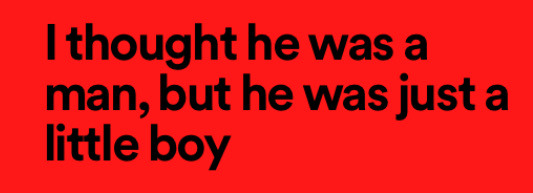
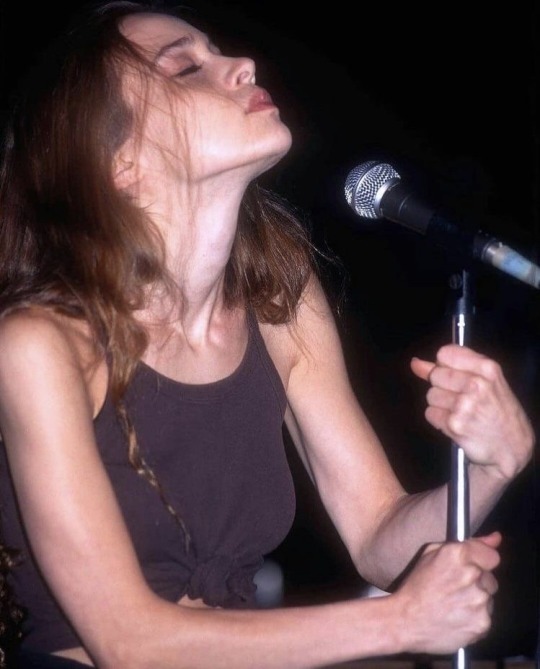




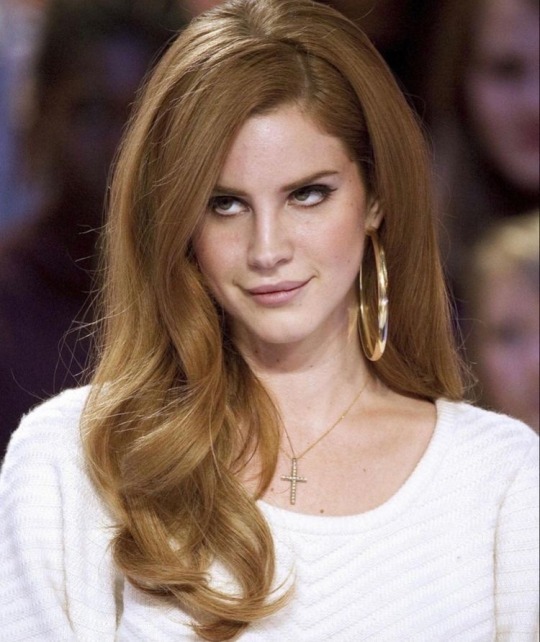

#girlblogging#lana del rey#lana del ray aka lizzy grant#fiona apple#paper bag#norman fucking rockwell#just girly things#this is a girlblog#girlblog aesthetic#misandry#this is what makes us girls#hell is a teenage girl#lust for life#lana del ray aesthetic
5K notes
·
View notes
Text
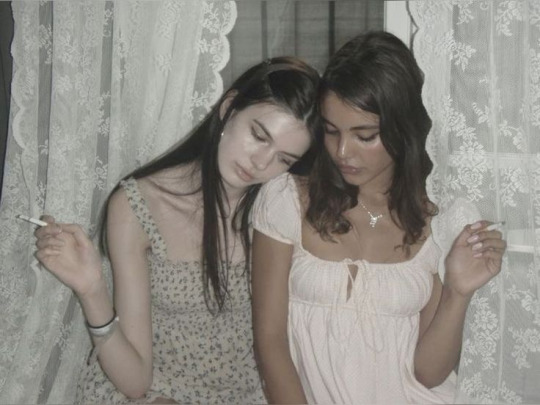
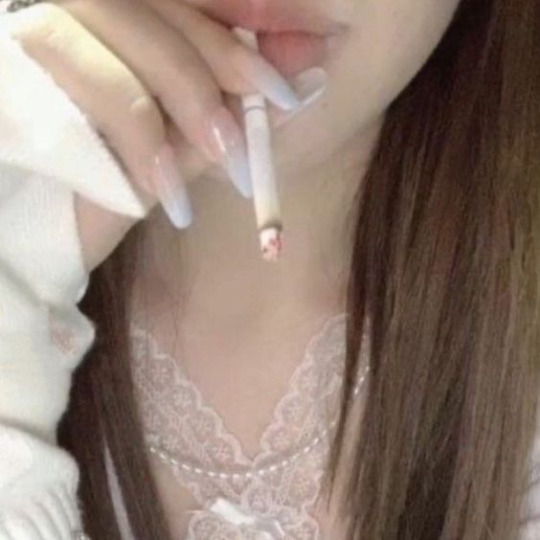
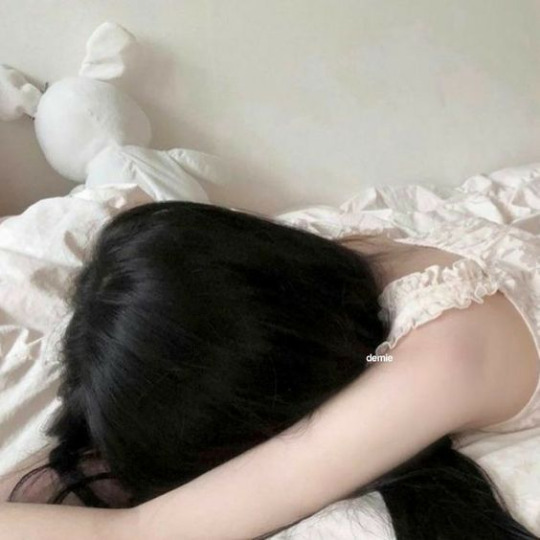
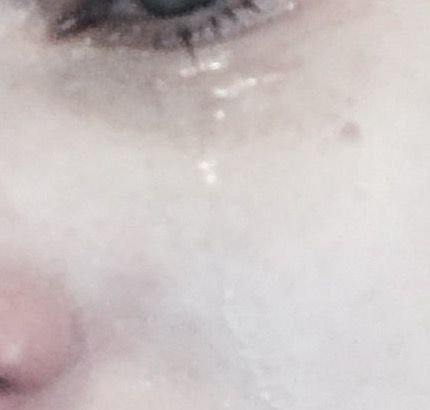


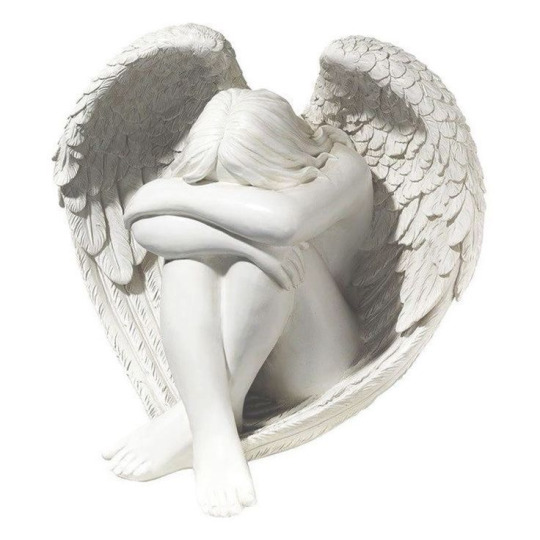


dear mom and dad, I hope you know I am trying ໒꒱°·๐
#girlblogging#this is what makes us girls#lana del rey#hell is a teenage girl#girl interrupted#coquette#coquette dollete#coquette angel#girl blogger#lana is god#girlcore#girlblogger#this is a girlblog#gaslight gatekeep girlblog#girlblog aesthetic#live laugh girlblog#girl blog aesthetic#pinterest girl#coquette girl#vanilla girl#cinammon girl#lana unreleased#lana del ray aka lizzy grant#lana del slay#ldr lyrics#ldr aesthetic#lana del ray aesthetic#norman fucking rockwell#written by sofia coppola#sofia coppola
4K notes
·
View notes